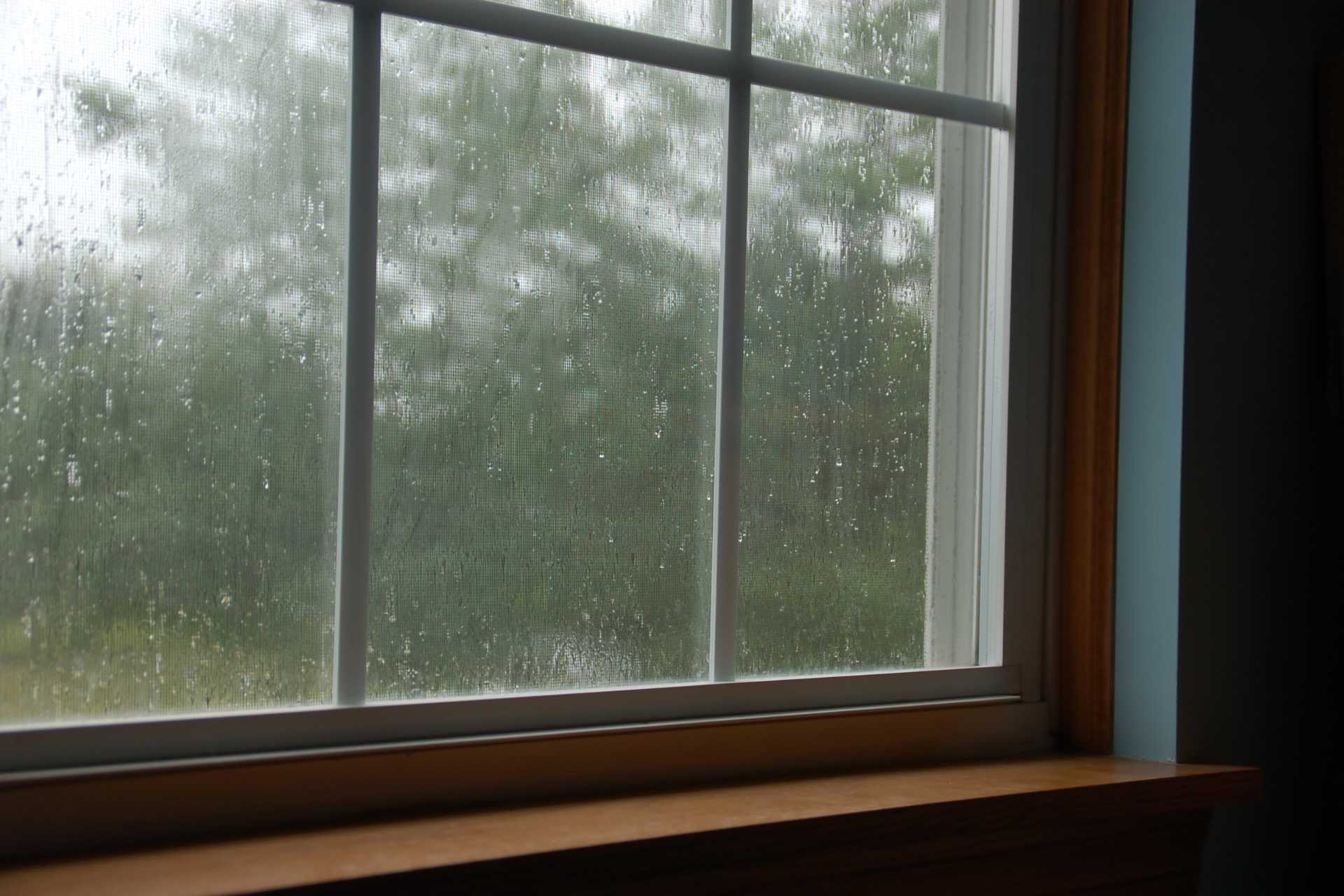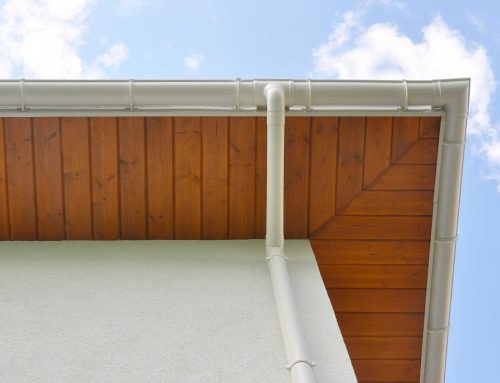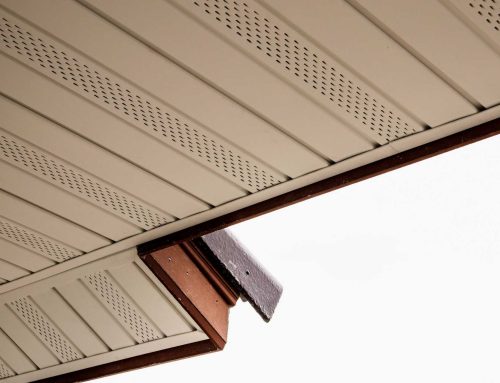A persistent draft on a cold winter night or a surprising spike in summer cooling bills are more than mere annoyances. They are signals that one of the home’s primary defences against the weather—its windows—may be compromised. Windows are not simply for light and views; they are a critical component of the building envelope. Their performance directly impacts indoor comfort, energy consumption, and the structure’s ability to withstand the elements. A strategic window replacement can be one of the most effective upgrades for enhancing a home’s resilience. This article will explore the crucial role windows play in creating a weather-ready home, covering how they protect against drafts, leaks, and condensation, and show how modern upgrades and proper maintenance can improve year-round energy efficiency and prevent costly damage.
The Invisible Intruders: Defending Against Drafts and Leaks
Drafts are a common and frustrating symptom of underperforming windows. These invisible air currents are caused by failing seals or worn-out weatherstripping. Improper installation can also leave small, unsealed gaps between the window frame and the wall. This constant air exchange causes significant energy loss. In the winter, expensive heated air escapes. At the same time, cold outside air enters the home. The reverse happens in the summer, as cool, conditioned air leaks out. In either case, the HVAC system must work longer and harder to maintain the set temperature. This leads to higher energy bills and inconsistent comfort.
The same weaknesses that allow drafts can also lead to water intrusion. This is a far more destructive problem. Wind-driven rain easily exploits these failing seals and gaps in caulking. This forces water into the wall cavity. Even a small, slow leak may not be immediately obvious. However, it can cause significant hidden damage over time. The moisture saturates wall insulation, making it ineffective. It also creates a breeding ground for unhealthy mould and mildew. Furthermore, the water can rot the wooden frames and structural parts of the wall. This leads to serious structural issues that are incredibly expensive to repair. Stopping leaks at the source is fundamental to protecting the home’s long-term health.
The Silent Damage: Winning the War on Condensation and Freeze-Thaw Cycles
While drafts and leaks are external threats, condensation is a form of moisture damage that originates from inside the home. It forms when warm, moist indoor air makes contact with a cold surface, such as the pane of an old, single-pane window. As the air cools against the glass, it can no longer hold its moisture, which is then deposited on the window as water droplets. The consequences of unchecked condensation are severe. It can cause paint on window sills and frames to peel and bubble, and it can drip down to damage the drywall below. Most significantly, it creates a perpetually damp environment that is a perfect breeding ground for mould and mildew, which can impact indoor air quality.
The impact of freeze-thaw cycles on windows is a particularly destructive consequence of this moisture. Water from condensation can be absorbed by porous materials like wooden window frames and sills. During a cold snap, this trapped water freezes. As it freezes, it expands with incredible force, breaking down the wood fibres from the inside and creating small cracks. When the temperature rises and the ice thaws, more water seeps deeper into these newly created fissures. This cycle repeats throughout the winter, with each freeze causing more extensive damage, leading to irreversible rot and decay that compromise the window’s structure and seal.
The Proactive Upgrade: Investing in Energy-Efficient Windows
Modern window technology offers the ultimate solution for creating a weather-ready home. The foundation of this technology is multi-pane glass. By using two or even three panes of glass, manufacturers create sealed, insulating air gaps that dramatically slow the transfer of heat. These gaps are often filled with a dense, non-toxic gas, like argon or krypton, which is a far better insulator than air, further boosting the window’s performance. These are the core components of high-quality insulated windows, which are designed to keep the interior pane of glass closer to room temperature, effectively stopping condensation before it can even start.
Enhancing this are invisible Low-E (Low-Emissivity) coatings. These ultra-thin metallic layers act as a heat mirror, reflecting heat back to its source. In the winter, they keep the furnace’s valuable heat inside the house. In the summer, they reflect the sun’s infrared heat back outside, keeping the home cooler. The year-round payoff of these energy-efficient window upgrades is significant. They lead to substantially lower energy bills, create a more comfortable and consistent indoor temperature free from cold spots, and reduce the strain on the HVAC system, potentially extending its lifespan.
Seasonal Strategies: Storm Windows and Smart Maintenance
For homeowners with older, single-pane windows, a full replacement may not be immediately feasible. In these cases, storm windows offer a cost-effective way to add a crucial layer of seasonal protection. Installed on the exterior or interior of the existing window, they create an additional air gap that acts as a buffer. This extra layer significantly reduces drafts and heat loss during the coldest months, providing a noticeable improvement in both comfort and energy efficiency. They are a practical, intermediate step toward making a home more resilient against harsh weather.
Even the best windows, however, require proper care to perform optimally. Regular maintenance is essential to prevent the damage discussed earlier. Homeowners should conduct a simple inspection each spring and fall. Check the exterior caulking for any cracks or gaps and replace it as needed to maintain a watertight seal. Ensure that the small drainage “weep holes” at the bottom of the frame are clear of debris so that any water that gets into the track can escape. Keeping the frames and seals clean also prevents the buildup of dirt and grime that can accelerate material degradation. This simple, proactive care ensures windows can continue to do their job effectively for years to come.
A Clear Choice for a Weather-Ready Home
Windows are a dynamic and critical system responsible for blocking drafts, stopping leaks, preventing condensation, and managing the flow of energy in and out of a home. An investment in high-quality, well-maintained windows is not merely an expense; it is a direct investment in a home’s comfort, efficiency, and long-term structural health. It is advisable for homeowners to assess their own windows. Check for drafts on a windy day, look for signs of moisture, and consider how the windows are performing against the elements. A small upgrade or a simple repair today can make a home more comfortable, more efficient, and more weather-ready for years to come.











